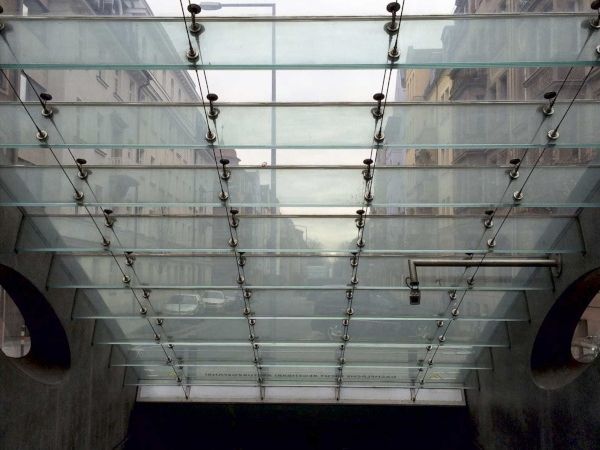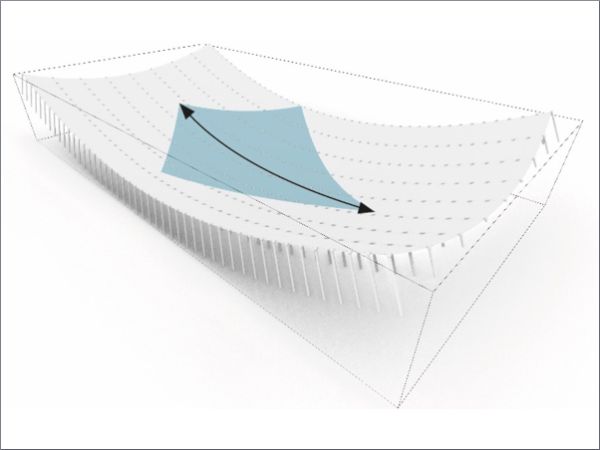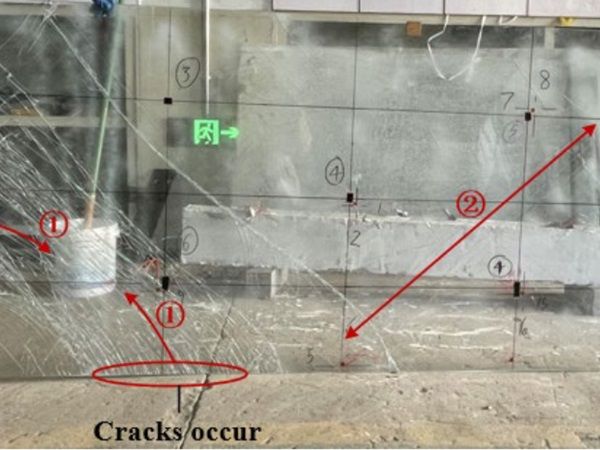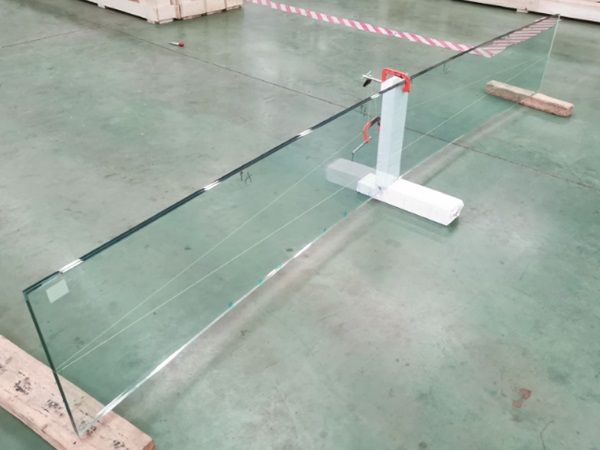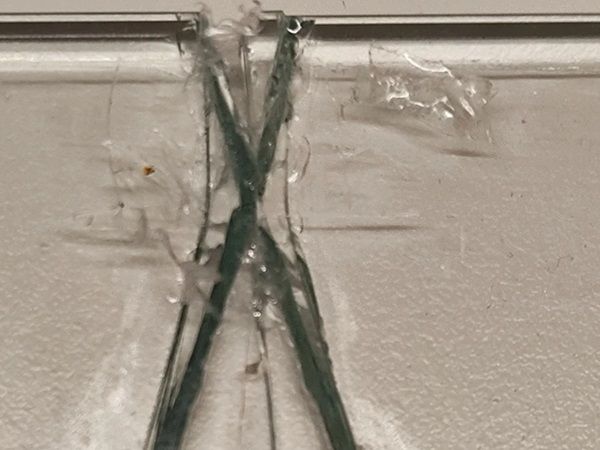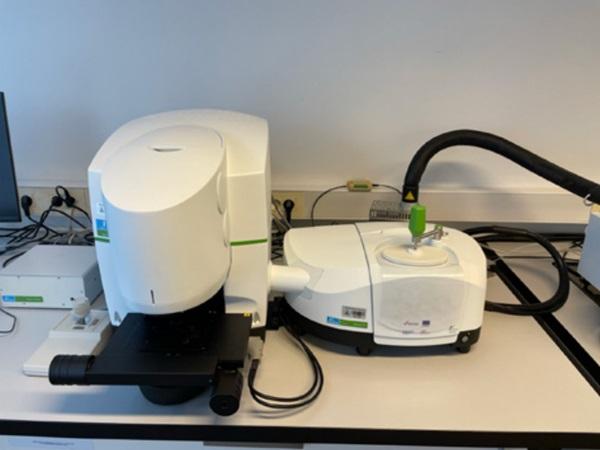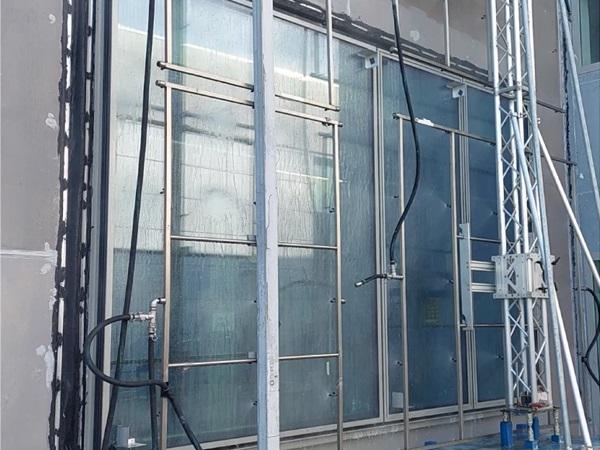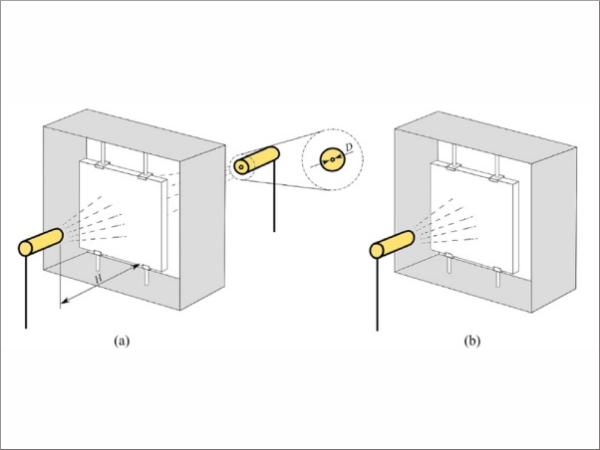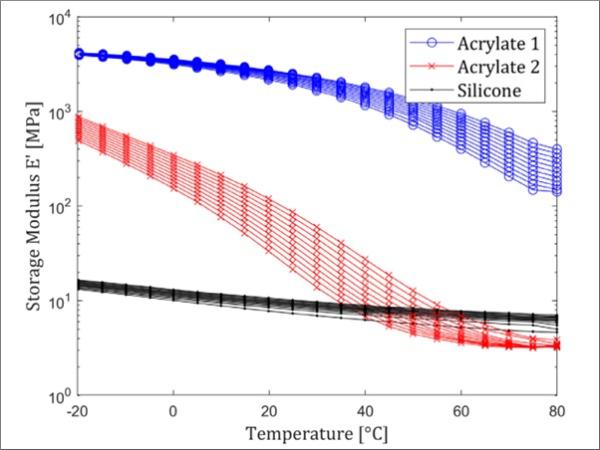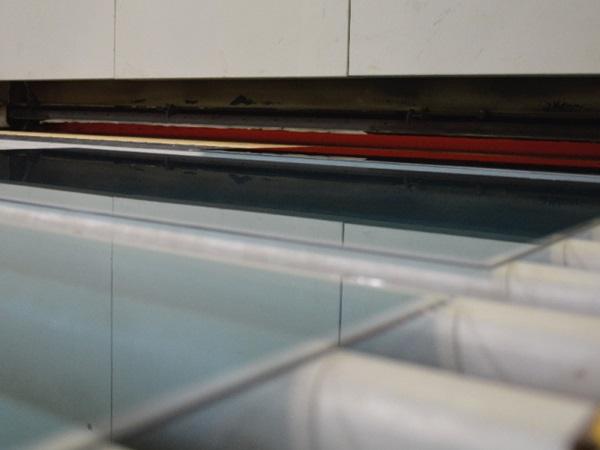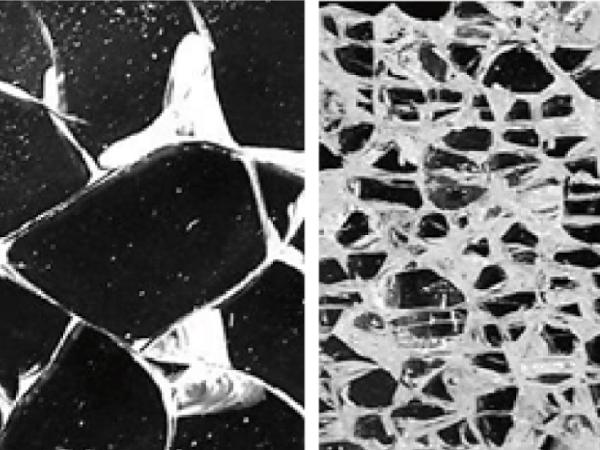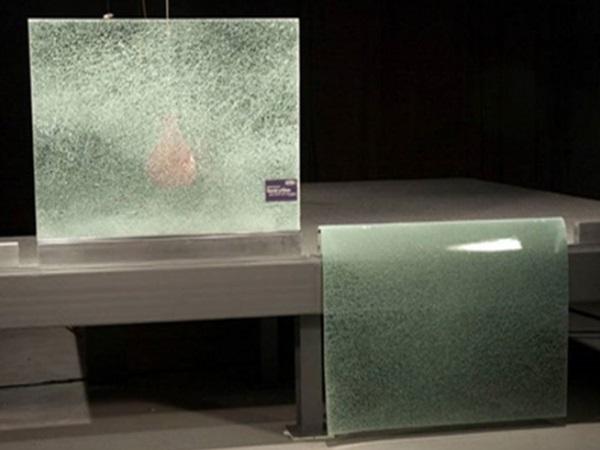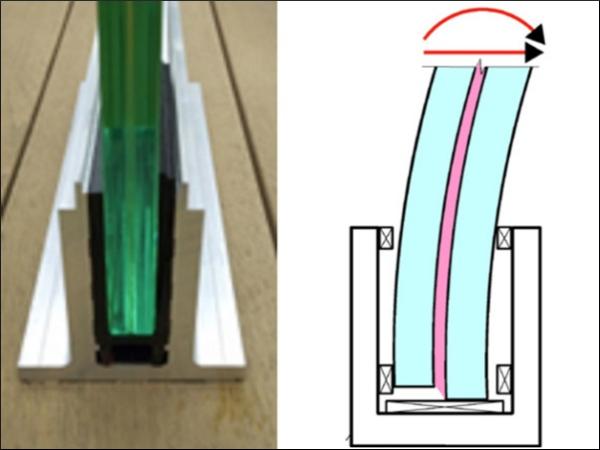Others also read
| This paper introduces the concept of a numerical sensor as a key element for creating a hybrid digital twin focused on the monitoring of load-bearing glass façades.
| This paper investigates the challenges and potentials of phase-field modelling in simulating glass fracture.
| This paper presents investigations on a novel approach for post-tensioning laminated glass beams with adhesively bonded iron-based shape memory alloy tendons along both longitudinal glass beam edges.
| Sustainable Configurations for Double Curved and Spherical Glass
| In this paper, the anticlastic cold bending test was conducted to explore the influence of various factors, including aspect ratio, scale and composition of the plates.
| The two common defects—White Haze and Anisotropy—are often misunderstood but are not the same.
| This paper investigates the post-fracture spring-back effect and the post fracture behaviour in warm bent glass, aiming to assess its safe use in structural glass applications.
| The four point bending test is one of the most commonly used and standardised tests to determine the mechanical properties of materials.
| The research presents advantages and disadvantages for each different load type regarding interlayer chemical response.
| This paper presents the findings of the evaluation of an epoxy adhesive for structural glass to steel continuous bonds.
| The study is based on an extensive experimental campaign and an associated parametric study to test alternative designs under both quasi-static and dynamic loading conditions.
| Glass is most often heat treated before using it as a structural material. In this context, thermal tempering is the most effective and efficient method to enhance the load bearing capacity and strength of glass.
| Today talking about the trends, challenges, and innovations of flat glass lamination on Glastory.
| This contribution introduces concepts for prestressing laminated glass beams with Fe-SMA tendons adhesively or mechanically connected to the glass beams.
| This work investigates the numerical modeling of two different UV-curing acrylate adhesives in terms of the bulk material and in the application as point fixing.
| The objective of this study is to understand the response of laminated glass under high-rate bending in the laboratory at rates representative of blast loading.
| The redeveloped CME Center lobby is defined by a striking, wavelike 24’ tall glass façade.
| The ability to predict interlayer and glass temperatures in the glass lamination process is the key factor for success.
| In this contribution, a long-lasting natural weather testing of several glass types, mostly LSG with different interlayer materials, and the effect of the different color patterns of paper and textile specimens are presented.
| This paper delves into the potential of two UV-curing acrylate adhesives, scrutinizing their material behavior through meticulous uniaxial tension tests and dynamic mechanical-thermal analysis.
| Implementing quality controls and checkpoints during production and inspecting 100% of the tempering process, guarantees less rejections in the field converting into more profit.
| Glass tempering is a process that can be made in many ways to get tempered glass that meets the standards. The selected way is usually chosen by the operator and is almost always based on experience instead of science.
| An equivalent temperature difference model for engineering glass design
| The use of laminated glass with PVB and ionoplast interlayers not only offers improved safety but can also be designed to help mitigate security threats ranging from basic safety to burglary and forced entry resistance and even ballistic protection.
| Application to cantilevered balustrades



